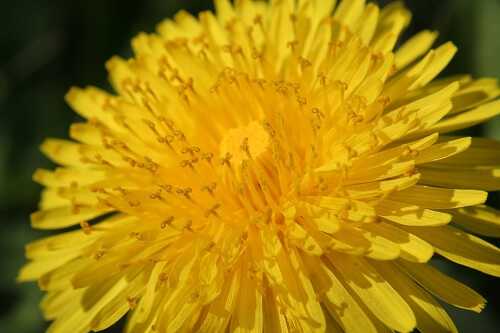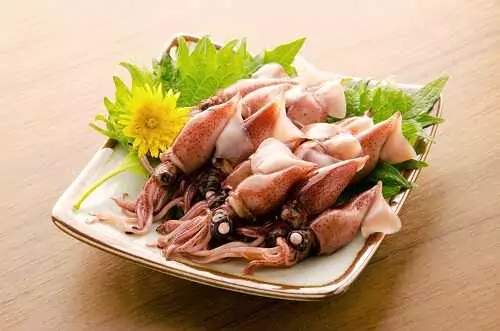Most people label these hardy little plants as weeds, pests, cursed lawn invaders. Dandelions stealthily appear in your landscape in the spring, almost before the grass appears, raising their bright yellow heads to the sun. But there’s more to them than meets the eye.
Humans have used this plant for much of recorded history, as a medicinal herb and as a nutrient rich food and drink. They are also important for our pollinators, especially bees.
The many uses of dandelions
Dandelions are a perennial that evolved about thirty million years ago in Eurasia. The English word dandelion comes from the French word “dent de lion”, or “tooth of the lion,” because of the shape of the petals.
Though the dandelion has over a dozen names in a dozen different languages, it’s highly respected as a versatile medicinal herb by many cultures, from Chinese to Arabic to Native American. Native Americans were exposed to this handy plant by the Europeans, who brought the dandelion over to the new world. The native people quickly discovered its many virtues.
Medical uses
Dandelions have quite the range of medicinal uses, like supporting kidney function, treating liver problems, digestive disorders, skin problems, and chronic joint complaints, plus it has tremendous nutritional value. It works as a gentle diuretic without leaching potassium from the body, since it has such a high potassium content. Dandelions are an excellent herbal agent for detoxification.
The fresh juice of the plant stem can also be used as an external herbal remedy to fight bacteria and help heal wounds. It works as an appetite stimulant and has tremendous antioxidant properties since the plant has both a high vitamin content (Vitamins A, B complex, C and D) and mineral content (iron, magnesium, potassium, zinc, etc.)
More: 7 Surprising Health Benefits of Dandelion
Culinary uses
Having such a high nutritive value makes the dandelion a great target for culinary creativity. The leaves are used as a salad green (usually the young leaves, which are less bitter) and in teas.
The roots are also used in salads, but they can be roasted and brewed as a coffee substitute. The flowers are eaten raw in salads or dipped in batter and fried, plus they’re used to make delicious wines and liquors.
In addition to their many medicinal and culinary uses, dandelions have another critical function. They are one of the first flowers to appear in the spring, which makes them a vital source of nectar for our pollinators.
They are a jump-start for our natural pollinators like butterflies and bumblebees, but they’re essential for our domesticated honey bees, who waited out the long, cold months of Winter with only their stores of honey to sustain them. Dandelions are a crucial source of food for bees early in the season, and our whole ecosystem would be lost without bees and other pollinators.
Harvest instead
Dandelions are beautiful spring color, heralding a flood of color to come. But if they aren’t aesthetically pleasing to you or mar the pristine expanse of your lawn, don’t reach for the pesticide.
Harvest the plant instead, and use it as many cultures have before you. The nutritious and medicinal dandelion can enrich your life if you can see it as provenance and not the pest.











